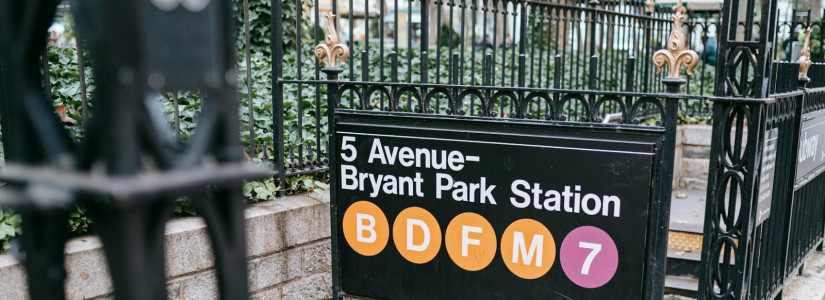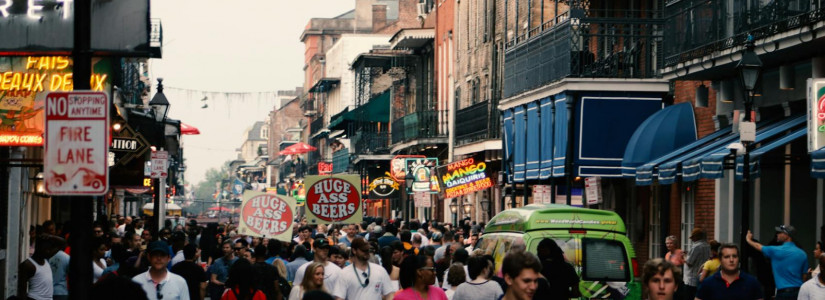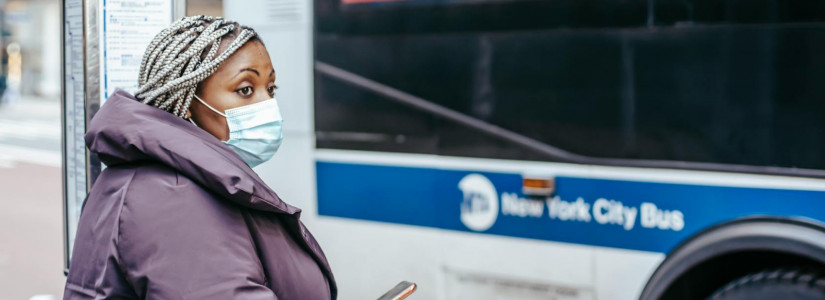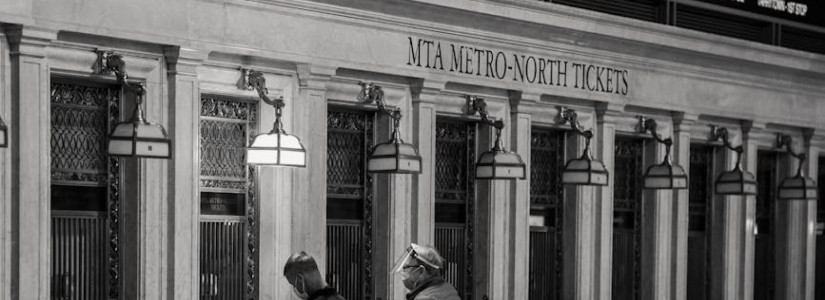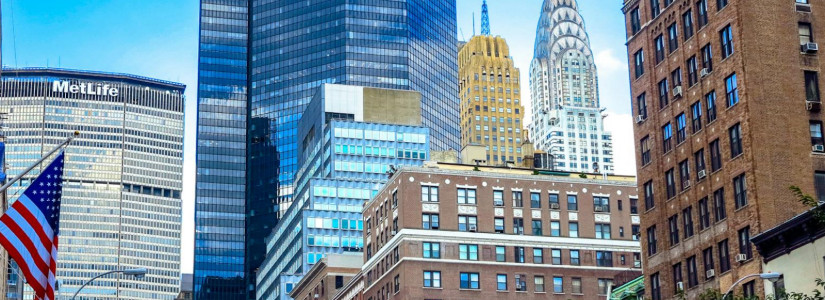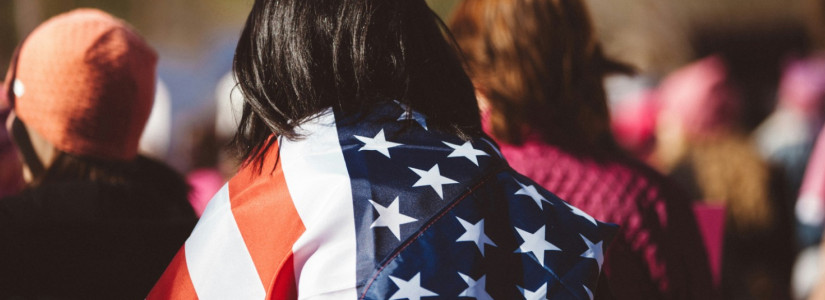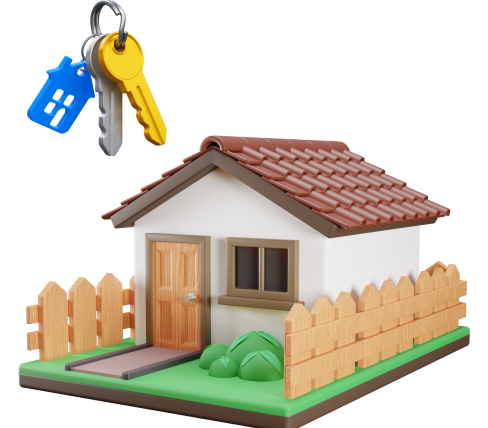COVID-19 Pandemic and Hurricane Laura Coalesce to Create Housing Crisis
In parts of Texas, Louisiana and Arkansas, both renters and homeowners are dealing with the aftermath of catastrophic Hurricane Laura. The hurricane made landfall as a category 4 storm, with wind speeds of 150 miles per hour. Well-built structures were destroyed, and those not completely destroyed were left uninhabitable. It will take months, maybe even years for those housing units to be repaired or replaced. In the meantime, tens of thousands of people are displaced. Read on to learn how the COVID-19 pandemic had already created a housing crisis, how Hurricane Laura will make it worse and what people affected by the hurricane damage can do.
Immediate Response After the Storm
First responders have been searching for the injured and deceased since Hurricane Laura departed the area. Since people have gotten in to assess the damage, there have been a few good things and a few bad things. As of Saturday, August 29, 11 deaths have been reported. This is far fewer than what the number could have been. Where the big problem lies is with the destruction of so many structures. Lake Charles, home to 80,000 people, is in ruins. In total, 900,000 customers lost electricity. Residents are slowly returning to find out how their homes fared, but there's no way they can stay in severely damaged structures with no power or clean water.
Displaced Residents Search for Shelter
In the aftermath of a disaster, it's never easy to find shelter. However, the COVID-19 pandemic is making the situation worse. One woman who moved from Austin, TX, to Lake Charles, LA, stated that her ill health and three recent hospitalizations put her at a higher risk of infection. She and her husband are in their 60s, which also increases their risk of severe illness from COVID-19. They couldn't stay in their home during the hurricane and had no choice but to go to a shelter. The couple felt lucky to have a full tank of gas because local gas stations and those along their evacuation route were either closed or out of supplies.
Trouble Evacuating
When a person at risk or already in fragile health has to evacuate, they don't know where to go. Rest stops were closed, as were fast food chains and convenience stores. People afraid of COVID-19 didn't want to go to emergency shelters. Texas and Louisiana reserved some hotel rooms for evacuees, but there weren't enough. Another person said she couldn't drive hundreds of miles away because she herself works in disaster relief. She needed a pet-friendly hotel and ended up having to drive more than 300 miles to a town in Alabama.
Bad News Rolls in to Evacuees
Not everyone evacuated. Some people evacuated but only a short distance from the center of the storm. Those who traveled a greater distance are now being inundated with photos of what used to be their homes. Thousands of people have now received confirmation that they no longer have a home to go back to once authorities give the all-clear.
Hotel Stays Aren't Feasible
State governments only pay for a few days' worth of lodging. Homeowner's or renter's insurance might add a few days on to the stay, but not everyone has this. Once the benefits run out, they will have to turn to a shelter or relative's house. A few people have gotten creative with casino discounts, club memberships and AARP savings on hotels, but they still have to pay a lot for those rooms.
Increased COVID-19 Risks
At-capacity hotels and shelters increase the risk of spreading COVID-19. Access to public areas, such as elevators or lobbies, is limited. If a person stays in their severely damaged home, they run the risk of injuries, food poisoning, insect or pest bites, exposure and more. Families with young kids or special needs children have an even tougher road ahead. There are more small hotel rooms and shelter beds available for individuals or couples than there are for families of four or more people. Paying or two hotel rooms may be out of the question for a lot of people. Another factor in the widespread damage left behind from Hurricane Laura is its impact on COVID-19 testing for evacuees. Testing centers may have been damaged, and it may take a while until testing levels get back to where they were before the hurricane made landfall.



